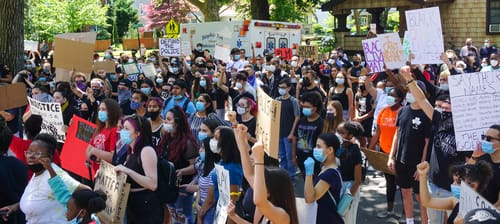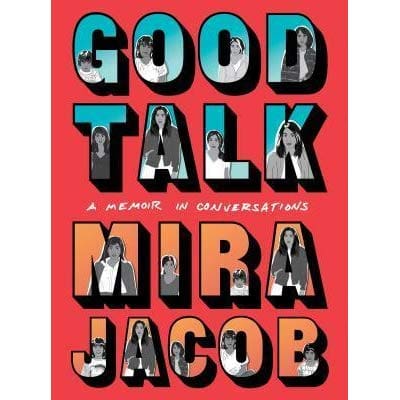
Dear Therapist:
I’ve been going to protests the past few weeks. Not every day, but enough to put it into my days on a pretty regular basis. I feel it’s really important to be out there standing side-by-side with my community demanding change. Yet, many of my friends are not only not attending, they don’t seem interested in the least. They seem to live in a vacuum where none of this awakening is happening. I want to call them out on social media. Quite frankly, I am ashamed to call these people my friends. How can I convince them to care?
Sincerely, A Protestor Who Wants His Friends to Care Too
Such a good question. Thanks for writing in with this conundrum. It has been a very busy, fruitful, and engaging few weeks as people in communities across America have come together to protest the police and how systemic racism is often guiding their actions as they serve the community. The fact that the protests continue daily with a commitment to not ending until real change and reform takes hold also marks a turning point in the struggle.
At this critical moment, I hear your anger at your own personal community of friends who are not participating in the protests or even seem to be engaging in any part of their lives. One thing to remember is not everyone is in the same place of being “woke.” This is what makes systemic racism so difficult to break. There may be millions working toward change and justice, and yet there are millions of others who aren’t even thinking about the problem. And, I bet, even more people who fall somewhere in between these two positions.
I consider each person to be on a journey of racial identity development. To me, this means people looking at who they are through a racial identity lens and what does this mean for them in their thoughts, ideas, attitudes, and how they choose to live their lives. People are at many different points along this path. Some can only name their race. Others have tuned into the news and make a judgment of things occurring being good and bad, but feel it sits outside of themselves and who they are. Still others are not ready to do anything public, but are reading and thinking about these ideas. Then there are others who are educated, woke, and taking action. Finally, there is a group who have dedicated their entire existence to this cause and creating the change they want to see in society. It is quite a spectrum.
Before deciding to call these people out as “bad” and publicly shame them, take a moment to become curious about where they may be in their own racial identity development. This may be very difficult to do as it may be easy to say they should be where you are and anything else is plain wrong. And it may be wrong, but I am not sure it is a question of right and wrong. People are somewhere along this spectrum of racial identity development and shaming people may or may not get you what you want.
Rather, is there a way you could hold and encourage an open dialogue about what is going on? Rather than attacking, engaging them in discussion. If it is just not on their mind, is there a way you could form a book group and read a relevant text and engage in discussion? Perhaps there are hard discussions that need to happen in a space that is safe and open. Being able to engage the other in a way that honors the other, but also brings forth the importance you feel of doing something to help your friends wake up to the importance of this moment.
Too often it’s a good-bad paradigm. If you are doing what I see is right and important you are good. If you are not, you are bad. From there, society and personal relationships break down. This type of schism is often too what keeps systemic racism in place. Approaching with openness and with a spirit of seeking understanding, educating, and thoughtful dialogue may open a sliver of hope toward real change that shame and attacks can never overcome.



